
Published: Last Updated:
Readtime: 13 min
Every product is carefully selected by our editors and experts. If you buy from a link, we may earn a commission. Learn more. For more information on how we test products, click here.
- The iPhone 16e is a great phone, and will suit a lot of people just fine
- However, the 16e has lost many features older iPhones enjoyed without lowering the price enough
- Ultimately, it’s too expensive for what it is
I spent a month using the iPhone 16 earlier this year, and ever since then I’ve been waiting to see what ‘budget-friendly’ gauntlet Apple would throw down to bring the out-of-date SE line back into the fold. See, I’ve always found budget phones much more interesting than their bigger brothers and sisters, given that they’re the phones brands put out to reach the vast majority of people with the most useful features.
But we didn’t really get an updated SE model: rather, we got what is effectively an iPhone 16 Lite.
That’s not a bad thing, per se. The iPhone 16 is one of the best phones I’ve used, and said as such in my review. It was so impressive to me, a long-time Pixel user, in fact, that I’ve been looking forward to testing the 16e out ever since it was announced – to see how that quality would translate to a device built to cater to the Apple fans still plugging away on their iPhone 14s, their iPhone SE’s, and, crucially, their 13 Minis.
There’s a very stubborn group of Apple-users out there that have been rocking older iOS devices in stark defiance of Apple’s push toward more screen, more camera, more power, and more AI. Dive into their hideouts (mostly Reddit) and you’ll find customers buying up new and refurbished iPhones and comparing tips on how to best replace an aging device’s battery so they never have to ‘upgrade’.
In my mind, the 16e doesn’t just exist to give you a cheaper phone to buy for your grandma, or your kid: rather, it’s coax people like them – who don’t necessarily need the latest and greatest – into buying something new.
From a specs perspective, the iPhone 16e is an upgrade to that crowd in most ways. In it’s own marketing, Apple compares the 16e against the iPhone 11, 12, 13, 14, and SE, and proudly proclaims how much faster the 16e will be in comparison: it has the impressive A18 processor, Apple Intelligence, a USB-C port, and Face ID, all of which put it in league with the rest of the 16 series in most ways barring camera quality, MagSafe, the Ultra Wideband Chip, and probably more.
Still, it’s fair to say that the response to the iPhone 16e has been muted, and it’s largely down to one thing: for a ‘budget-friendly’ phone, it sure is expensive.
I know, Apple doesn’t do ‘budget-friendly’. But consider that just six months earlier the same company dropped a new M4-equipped Mac Mini for the same price (AU$999), which is a seriously impressive value proposition no matter how you slice it. It also recently announced that the new M4 MacBook Air will be $100 cheaper than the M3 version that was on sale just a week ago.
If the 16e had dropped at AU$799, I think it’d have been considered good value, but instead we have a phone missing the vast majority of features iPhone users have come to expect, without the downward price pressure you’d want.
Is it a bad phone? No, it’s a fantastic phone. It’s just too expensive.
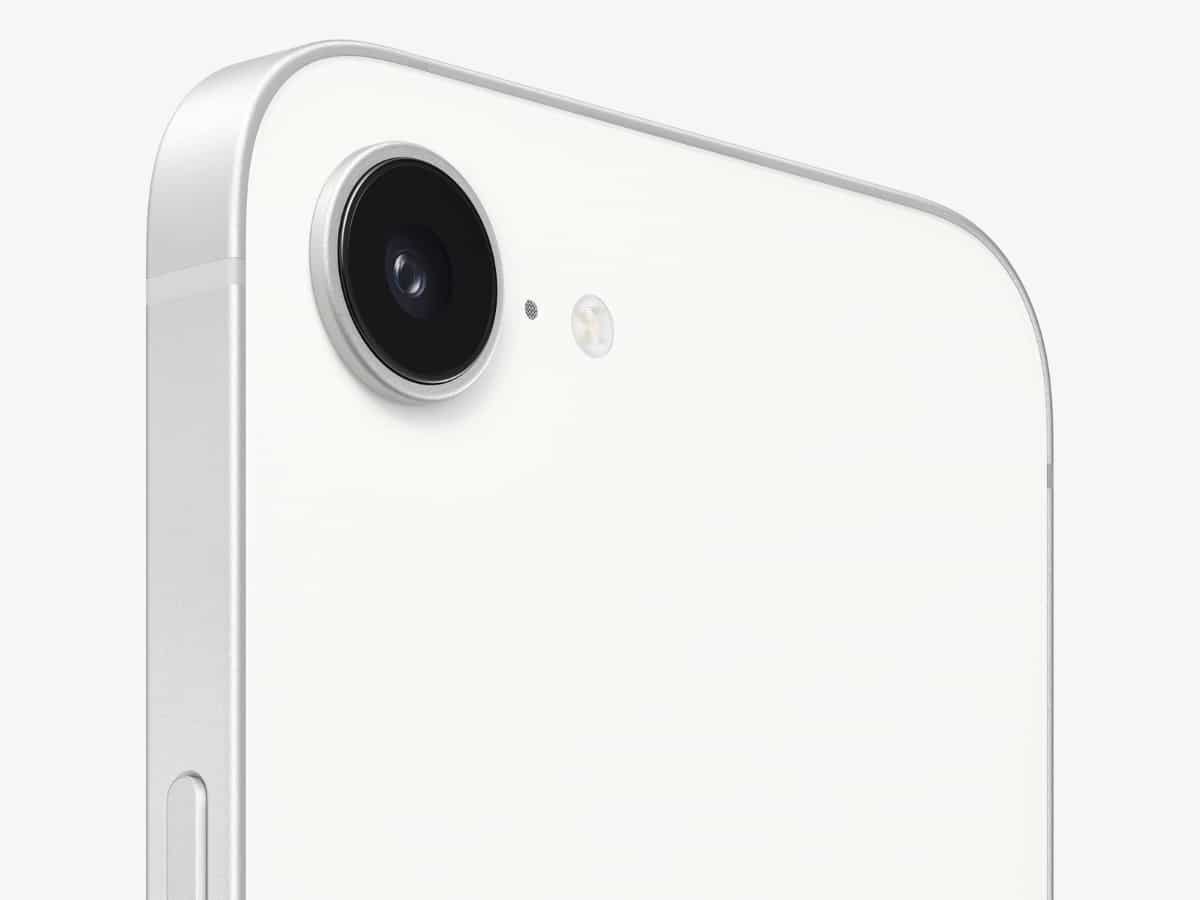
Comparing the Competition
| iPhone 16e | Google Pixel 8a | Nothing Phone (3a) | |
| Price | From AU$999 | From AU$849 | From AU$599 |
| Display | – 6.1” Super Retina OLED Display – 2536 x 1170 resolution – 60Hz refresh rate – Ceramic Shield 1 Glass | – 6.1” Actua OLED display – 2400 x 1080 resolution – 120Hz refresh rate – Gorilla Glass 3 | – 6.77” AMOLED – 2392 x 1080 resolution – 120Hz adaptive refresh rate – Panda Glass |
| Operating System | iOS 18 | Android 14/15 | – Android 15 – Nothing OS 3.1 |
| Internals | – Processor: A18 – RAM: 8GB – Storage: 128GB, 256GB , 512GB | – Processor: Tensor G3 – RAM: 8GB – Storage: 128GB, 256GB | – Processor: Snapdragon 7s Gen 3 – RAM: 8GB, 12GB – Storage: 128GB, 256GB |
| Networking | – 5G – Wi-Fi 6 – Bluetooth 5.3 – NFC Capable | – 5G – Wi-Fi 6e – Bluetooth 5.3 – NFC Capable | – 5G – Wi-Fi 6 – Bluetooth 5.4 – NFC Capable |
| Camera | Front: 12MP Rear: 48MP (wide) Can record up to 4K@60fps Can record slow motion 1080@240fps | Front: 13MP (ultra-wide) Rear: 64MP (wide), 13MP (ultra-wide) Can record up to 4K@60fps Can record slow motion at 1080p@240fps | Front: 32MP Rear: 50MP (wide), 50MP (telephoto), 8MP (ultra-wide) Can record video at 4k@30fps Can record slow motion at 1080p@120fps |
| Battery | 4,005mAh | 4,492mAh | 5,000mAh |
| Other features | – Single USB 2.0 Type-C port – Face ID – Qi Wireless Charging Compatible – IP68 dust/water resistant (up to 6m for 30 mins) – Action Button – Apple Intelligence | – Single USB 2.0 Type-C Port – Fingerprint sensor – IP67 dust and water resistant – Google Gemini AI | – Single USB 2.0 Type-C Port – IP64 dust and water resistant – Glyph Interface – Essential Space AI ‘assistant’ |
Why Trust Us
Here at Man of Many, we use a wide variety of technology. We’re not fans of any one brand, like to get our hands on the latest-and-greatest tech before we call it the next-best-thing, and we’ve built up extensive experience in reviewing tech as a publication over the past 10 years.
The author of this article, Dean Blake, is Man of Many’s technology journalist, and has followed the industry for years. He’s reviewed a fair bit of the competition, and was provided the product by Apple for the purposes of this review. No money exchanged hands, and all opinions expressed are those of the author and haven’t been seen by Apple ahead of time. For more information on our independence, testing and review guidelines, you can read our full editorial policies here.

The Good
It is a Very Beautiful Phone
Let’s start with the good. I actually think the 16e is probably the best looking phone Apple has developed for some time. It only comes in two colours – black or white – but the glass back’s matte finish, the polished chassis, and the surprisingly vibrant display have impressed.
My daily driver between reviews has been a Google Pixel 8a, and although I know, on paper, that phone also features an OLED display, the 16e’s screen just feels so much brighter and more beautiful. It has a slightly higher resolution, which could be part of what I’m seeing, but really I just think there’s sorcery on display here.
It’s also worth noting that I don’t really use my phone as a camera, have a personal disdain for camera bumps, and welcome Apple’s move toward a smaller, more contained camera system in the 16e. Compared to the competition, as well as Apple’s own efforts elsewhere, the 16e’s single ‘fusion’ camera seems like a downgrade – but the photos it takes are impressive enough for the vast majority of people.
In my mind, if you’re the kind of person to want a decent camera on your phone, and you’re also an Apple user, chances are you probably already have an iPhone 15 Pro or 16 Pro, in which case you don’t really need this phone.
The A18 is a Great Chip
Beyond just looking really good, the 16e comes equipped with the latest in Apple’s mobile silicon, the A18. It’s a very competent chip, and paired with 8GB of RAM, hasn’t missed a beat in the week or so I’ve been using it. Yes, the A18 in the 16e has only four cores, compared to the iPhone 16’s five cores, but I haven’t notice any major slowdowns.
In order to really push the A18 to the edge I jumped into Resident Evil Village for a little bit, and, while it obviously doesn’t match the kind of experience I get when I boot up my desktop, it’s an incredibly impressive feat. Seeing Lycan roam the titular village on the small screen does make them a bit less daunting, but the fact that games like this can play at all on an iPhone is still very cool (not the phone though, it gets warm). The on-screen controls are god awful, but that’s a completely separate issue.
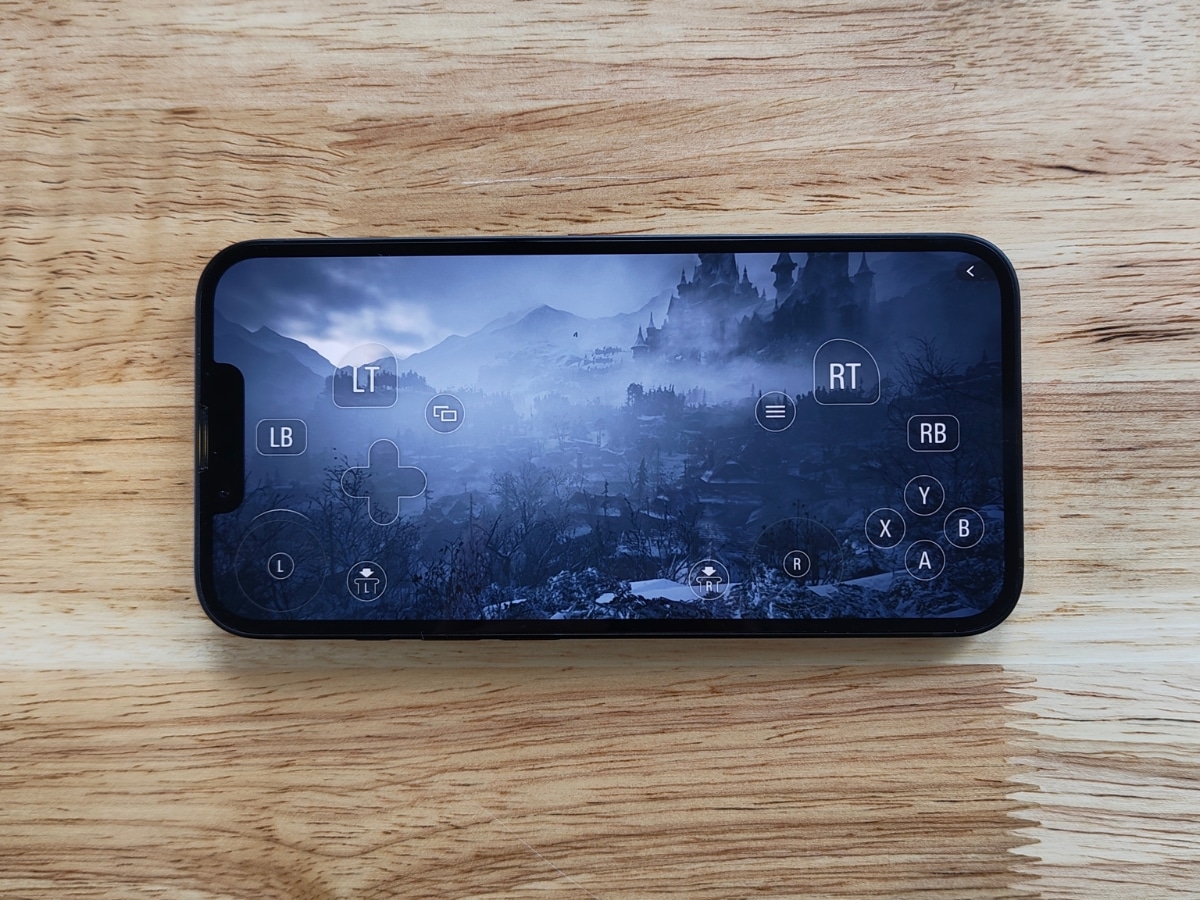
When it comes to the more ‘normal’ phone behaviour, i.e. watching YouTube, scrolling TikTok, etc, the iPhone 16e isn’t going to sweat at all – but, then again, most modern phones don’t have any issue with this kind of use, so its to be expected.
I’ll also just say that Apple launched its first ‘modem’ in the 16e, the Apple C1, which is a big deal with a lot of backstory that I’m not going to get into here. But, for anyone interested, I’ll just say this: I’ve had absolutely no issues with the cellular or wireless capabilities of the 16e during my time with it, and it sure seems like Apple’s chip just works fine.
Battery Life is Great
Did you know: The iPhone 16e actually has the biggest battery found in Apple’s 6.1” line-up (the Plus and Pro Max beat it out, but they’re also much bigger). It’s still smaller than a lot of other phone’s batteries, at only 4,005mAh, but Apple’s tech seems to be quite power efficient, as I’ve not run into a single situation where I felt that I was running out of battery.
According to iFixit, the bigger battery is possible because of the reduced camera module. That is great, and it’s even better placed in a device aimed at people who don’t really need the biggest and best things, and are instead shopping for a reliable phone that will last them one-to-two days without needing to be plugged into the wall.
Apple actually made it easier to replace the battery in the iPhone 16e than it typically does, which, in my mind, sends a signal that they expect people who buy this phone will want to keep it around for long enough to need to replace the battery.

The Bad
What’s the Opposite of Feature Creep?
Okay, onto the bad things. While it’d be a bit silly to expect Apple’s cheapest option to offer anything other than the bare minimum, there is actually a lot that has been lost in the move to the 16e.
Firstly, the phone doesn’t feature MagSafe – Apple’s in-house version of safe wireless charging and magnetic accessories – but it is compatible with other wireless chargers. It’ll just charge slower than other iPhones.
The reason that that’s interesting to me is that Apple is very much positioning this phone as a replacement for people’s aging iPhone 12, 13 and 14s, which all had MagSafe. You could reasonably assume anyone who owned those phones could own MagSafe accessories, and that the fact that those wouldn’t work natively with the 16e is an active deterrent to purchasing it.
It’s also missing a lot of the camera features you’d expect in a modern Apple phone (cinematic mode, an ultra-wide or telephoto lens), and the omission of Apple’s ‘ultra wideband chip’, which enables the use of precision finding to help track down Airtags, Apple Watches, etc. Niche features? Maybe, but if this is supposed to be people’s entry point into the Apple ecosystem, why lock them out of whole swathes of it?
Most of these features have been a thing since the iPhone 12 launched in 2020, and to have them removed just feels… wrong. Again, this would probably all be fine if the price was right, but it isn’t. The iPhone SE, which this phone ostensibly replaces and which was also missing many of these features, was sold for around AU$720 when it launched in 2022. Now the 16e is asking you to spend AU$999 as the new baseline.
Honestly, I think a lot of people would have taken a smaller 16e (let’s say a 4.7” or 5.4” screen) for AU$699, lacking many of these features, and been very happy. An iPhone 16 Mini, if you will.
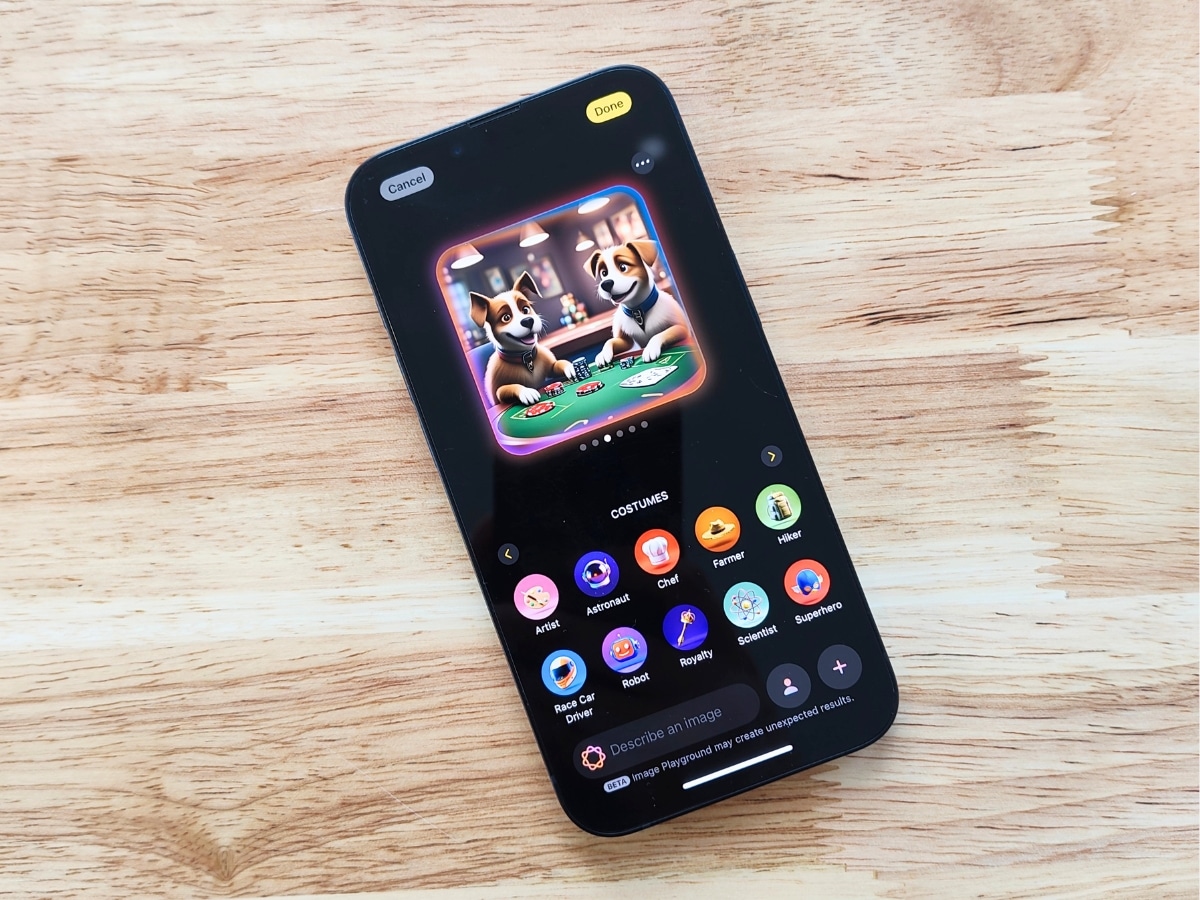
AI is Just Not That Compelling
The big difference between the now discontinued SE and the 16e is, of course, AI.
Is it helpful that the iPhone 16e could rewrite my email for me? Probably. Is it interesting that it can generate images of whatever my goblin-mind can conceive of? Sure, even if they all end up looking the same. Is the idea of creating your own, bespoke emoji for each situation compelling? Maybe.
We’ve gone on about how lackluster most “AI” offers are at this point: we said so when the Pixel 9 launched, when the iPhone 16 launched, and when the Samsung S25 Ultra launched. The reality is, right now, that these features are not all that helpful to the majority of people, and aren’t (in my opinion) worth the cost of entry they impose – which is a problem when it’s your phone’s main selling point, and is doubly a problem since other, more helpful and useful features were cut out of the 16e to hit a price point most people agree is still too high.
This isn’t a problem unique to the 16e – it’s prevalent across the tech space more broadly right now – but it bares mentioning. There seems to be a huge disconnect between how meteoric big tech seems to think AI is right now, and how apathetic-to-downright-hostile many consumers are to it, and the fact that Apple felt like it needed to keep AI functionality in the 16e, but was comfortable cutting elsewhere, is telling.
At the very least, Apple says it’s data centers are being powered by renewable electricity, which does go some way to offset the huge environmental impact of running any large-scale AI infrastructure.
Do We Recommend the iPhone 16e?
There’s a part of me (a very cynical part) that feels like the whole point of this phone is for someone interested in getting into Apple’s walled garden to look at the 16e, compare it to the 16, and decide that an extra AU$400 is probably worth spending to get the fully-featured phone.
This is the most conflicted I’ve felt about a phone: I think the 16e is a really good device, and ticks most boxes you’d want in an entry-level phone. I also think it’s a shame that Apple couldn’t figure out a way to make it an actually-affordable device that still manages to fit within its own ecosystem of products.
Unless you’re in dire need of a modern Apple phone, but don’t want to splurge for the iPhone 16, I don’t think I can recommend the 16e until it’s more appropriately priced.
DISCLAIMER: The author of this post, Dean Blake, was supplied an iPhone 16 for the purposes of this review.




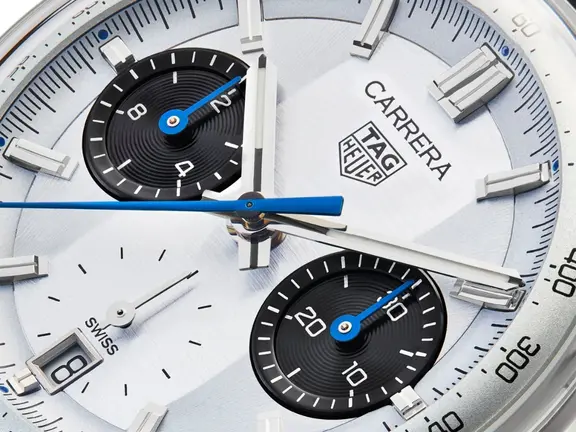
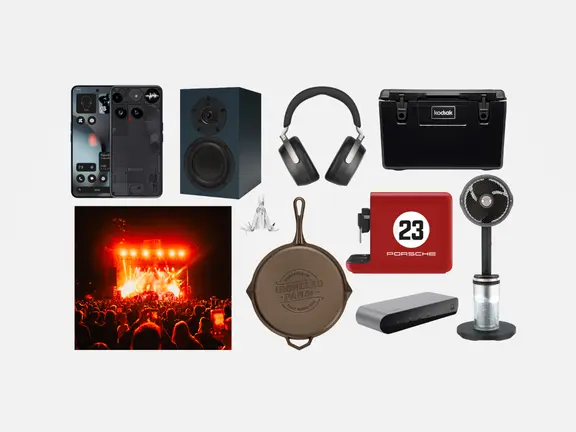
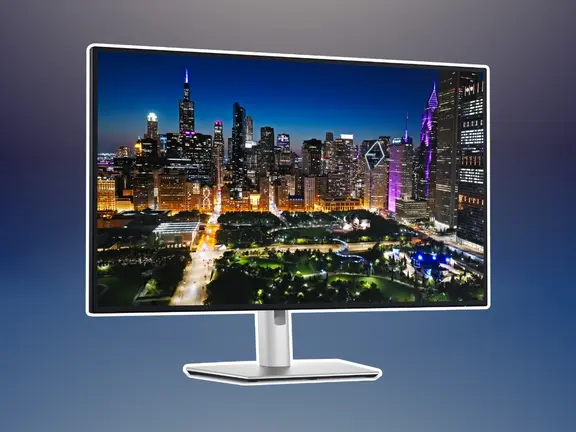

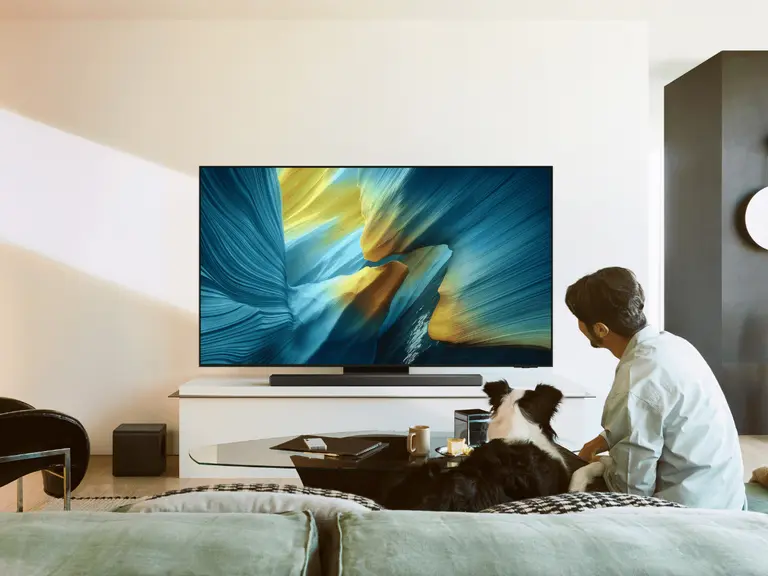







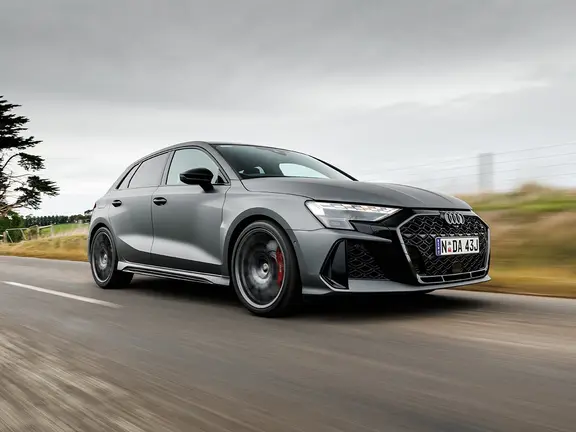



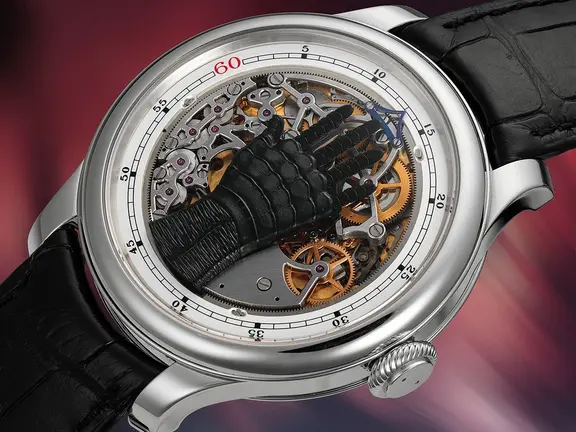






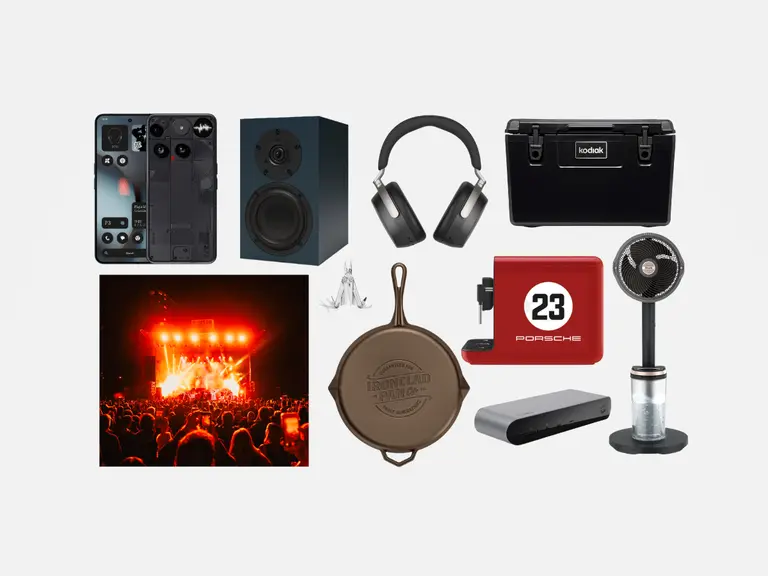


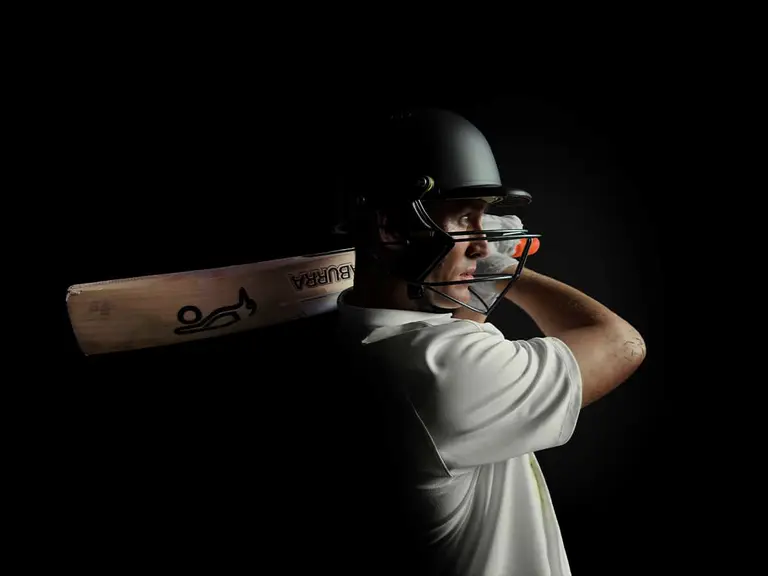

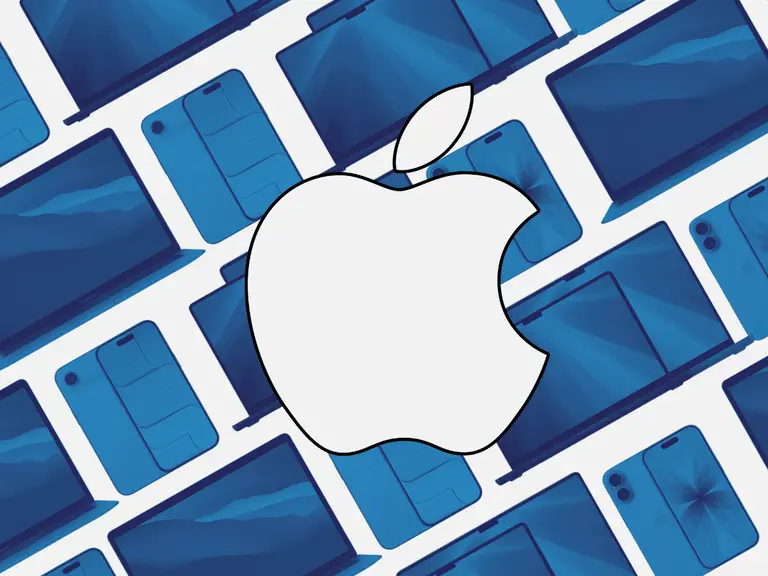

Comments
We love hearing from you. or to leave a comment.